Loki's Children
A Scientific Fable of Runes and Ragnarök

A Scientific Fable of Runes and Ragnarök
Once upon a time, as a thin white line fattened and warped in the Western sky, the sun dropped to the horizon, and the white line became a rainbow bridge rearing away through space, twisting into a corkscrew vortex of intense deep yellows, and then an angry orange, spread across thousands of feet of swirling clouds, with dark reds and blues and blacks, a junkyard fire burning a hole in the sky.
Just a late afternoon rocket fired from Vandenberg - signs and wonders of the modern world.

In the old days, when you needed an answer to one of life’s mysteries, you asked the old women of the village. When Odin rode to the edge of Hel to seek explanations for the nightmares of his son Balder, he found only the corpse of an old woman. This is not in itself surprising since none of us know what dreams mean, or whom to ask about them, but Hel is a good place to start and old dead women are the best ones to ask. It is well known, after all, that witches ride to Hel on the backs of dreamers. We all have been hag-ridden; the nightmare rides upon sleep.
This Völva, now revived from her trance, told Odin of Balder’s death from a mistletoe dart, of how it would set in motion the events leading to Ragnarök. Odin would hear later from another old hell runner how the rest of it would unravel: how the fire giant Surtr would rip a hole in the blue envelope around the earth, how in the years ahead, there would be Fimbul winters where snow would come from all directions and there would be strange omens in the sky and wars among men. The heavens would be torn apart, the Bifröst rainbow bridge would break, the leaves of Yggdrasil would fall like brown rain and the boiling seas would rise to engulf many lands. Ragnarök was not just ancient pagan folklore; the Völuspá and other tales foretell our end from something scientifically plausible: global warming and catastrophic climate change.
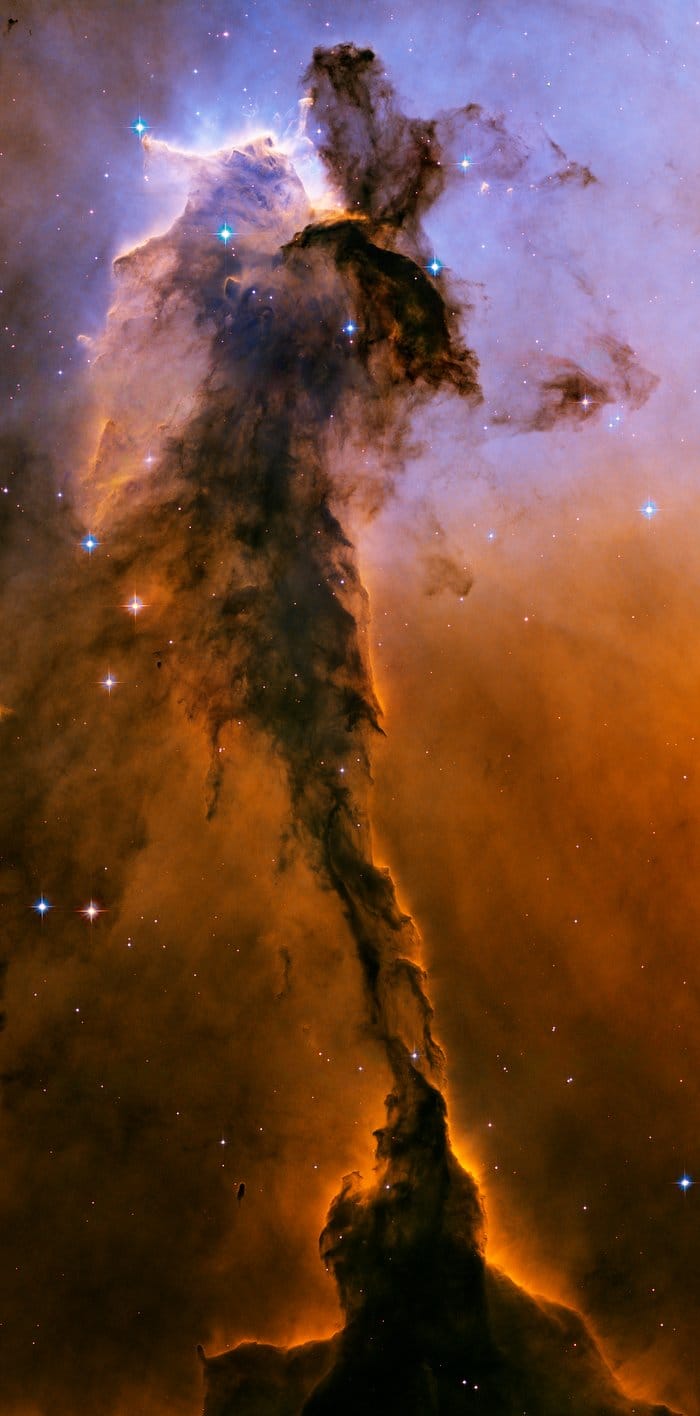
This then was Balder’s dream. It was external, cosmological and destructive. Yet, buried inside it was another dream, its opposite: internal, biological, creative, the story of Loki's Children. This dream relied on the old Norse magic known as seiðr, translated usually as witchcraft or sorcery. Odin professed to know something about it himself, yet it seems from the old myths that he did not, for he was constantly asking other people about it. The true master of seiðr was Loki, the villain of the Norse legends, and the other message of Ragnarök is that genetic and mechanical engineering designed to save us instead endangers the complex balance of our planet. We are standing on Gjallarbrú.

Autumn of the Black Witch
Odin was a sky god when sky gods were revered and feared, and he and Thor bumped across the heavens in thunder and lightning, savage bowling with the heads of the dead. Thor kept an eye out for attractive women (and frost giants), while Odin, a warrior god from the battle tradition, was an ascetic, never good with women, even when he disguised himself. This is why he resorted to rape and murder on occasion. A cruel and cunning god. Thor was more popular.
There is a story in the Völuspá in which the black witch Gullveig comes to Asgard, and is murdered by Odin because it seems she dared to defend the practice of seiðr. Such a murder was completely unacceptable, of course, no matter how it was rationalized and it starts a war, which is why Odin is the real black witch of this story.

Before he returned to Asgard, as he hung on the branches of Yggdrasil like a black raven, he grasped that Loki’s “children” were experiments in seiðr that involved hybrid cloning, with cells generated from the Web of Wyrd.
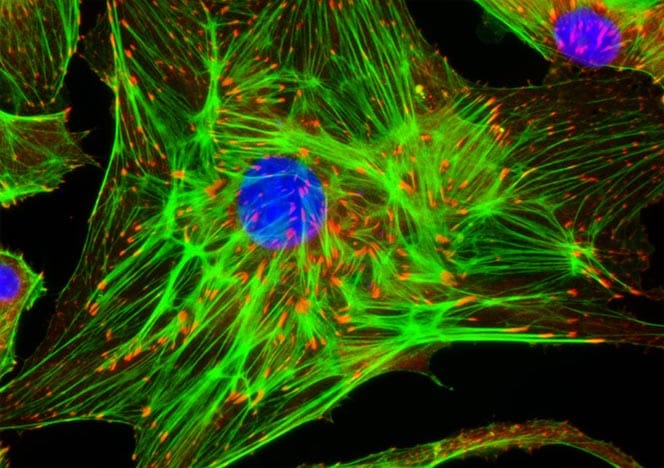
Indeed, the Valkyries themselves were Loki’s bird-human hybrids. The giant Fenris Wolf was a human-mammal hybrid, a wolf in body with human intelligence. The Midgard Serpent (like the dragons) was a reptile-bird hybrid on a runaway scale. What else was Hel herself but a human-plant hybrid, human from the waist up, plant below it? Loki took pride in what horrified Odin and the other gods, for whom his three key children amounted to two demons and a rotting corpse.
Although he traced his lineage back to the giants, Odin was no shapeshifter himself. In seeking to control seiðr, he mastered galdrs (spells) so that he could revive the dead and speak to them, and he thought it might have something to do with runes, that they must be the codes for the building blocks of life. He was wrong about this.
Runes were a charm to create a magic force field, but nothing more than that. Like fans of divination today who think the 64 rune symbols correlate with the 64 hexagrams of the I Ching and with the 64 codons of DNA, Odin refused to accept the mundane and he spent much of his time spying on and interrogating strangers in his desperation to unlock the runes’ “meanings.” His descendants now wonder about the multiverse worlds where everywhere is populated by everyone else, all those doorways to parallel universes, redshifting light and cosmic radiation, waves collapsing and particles colliding, Dark Matter and the Double-Slit experiments and where we fit in it all. Despite all that, we have difficulty understanding how life is created in the first place, because - really - isn’t that beyond our ability to understand it?
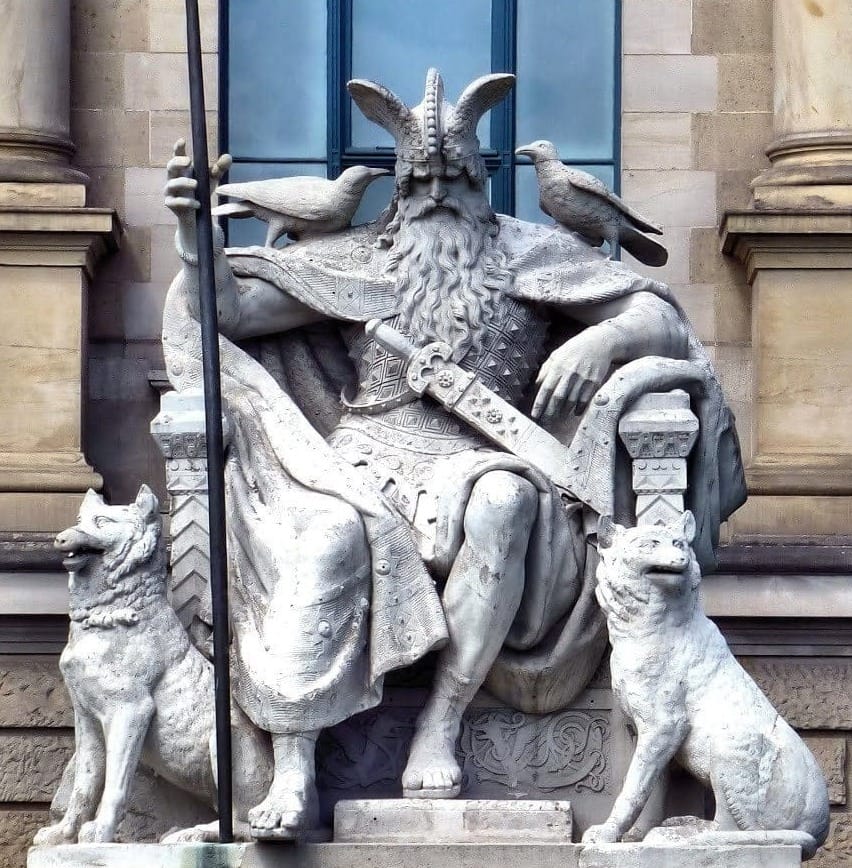
So Odin spent most of his time presiding over the dead in Valhalla, reduced to being a watcher, waiting on the ravens criss-crossing the nine worlds, questioning the Valkyries and Mimir’s head. This is the reason Loki mocked him (in the Lokasenna) as unmanly, and why he is mocked in the Gylfaginning - not because Odin raped, mutilated and murdered others to get what he wanted, but because he failed to get it and he had given up and was waiting for the end.


Winter of the White Witch
Loki was a jötunn from the north and not all human, and he knew a thing or two about seiðr. Unfortunately, when we invented the arrow of time and Christianized the old pagan stories, Balder’s death was retold so as to exclude the possibility that Loki tried to save Balder’s life, not kill him.
Elsewhere in the Viking myths, as well as in Wagner's operas, Loki is called upon to be the problem-solver, not the villain, and on this occasion the crude gene gun he fashioned from mistletoe could have worked (as a vector, with silencing RNA), but for the mistrust of the other gods who perceived seiðr as witchcraft. Balder died before the cure could work and so, we are told, Loki was driven from Asgard. Saxo Grammaticus (around 1150-1220) and Stan Lee and Marvel Comics (1950’s) began to get at the truth, but both became distracted by romantic sub-plots before they got anywhere.
The fact that it was mistletoe is important, because it is a parasitic plant with the ability to fight cancer. In the old texts it was referred to as All Heal though it has potentially toxic qualities as well. Modern healers believe it reharmonizes the body’s light frequencies at the cellular level, where DNA functions as an emitter and receiver of biophotons, and it's widely prescribed to cancer patients in Europe. Recent immunotherapy experiments aim for similar results with helminths (parasitic worms like the hookworm and whipworm) and bacteriophages (viruses that can kill bacteria).


Over the centuries, humans have forgotten their kinship with plants, animals and the natural world. Some scientists today point out that really we know next to nothing about how other species communicate, how bees or birds or fish navigate, how plants are aware of other plants or predators, how flowers use electrical fields to communicate with bees, how our bodies' microbiome keeps itself healthy, or even what we mean by “life force,” a concept many scientists reject as religion. But are waggle-dancing, chemoreception, magnetotropism, signal transduction and telomeres any better? Do we know so little because we thought other species were inferior and it turns out the limits are in human understanding? Our genome, we learn, is roughly 8% virus genes and each of us is home to 100 trillion bacteria. This is not unlike the civilization-barbarian encounters of past centuries only now it turns out we are the barbarians.
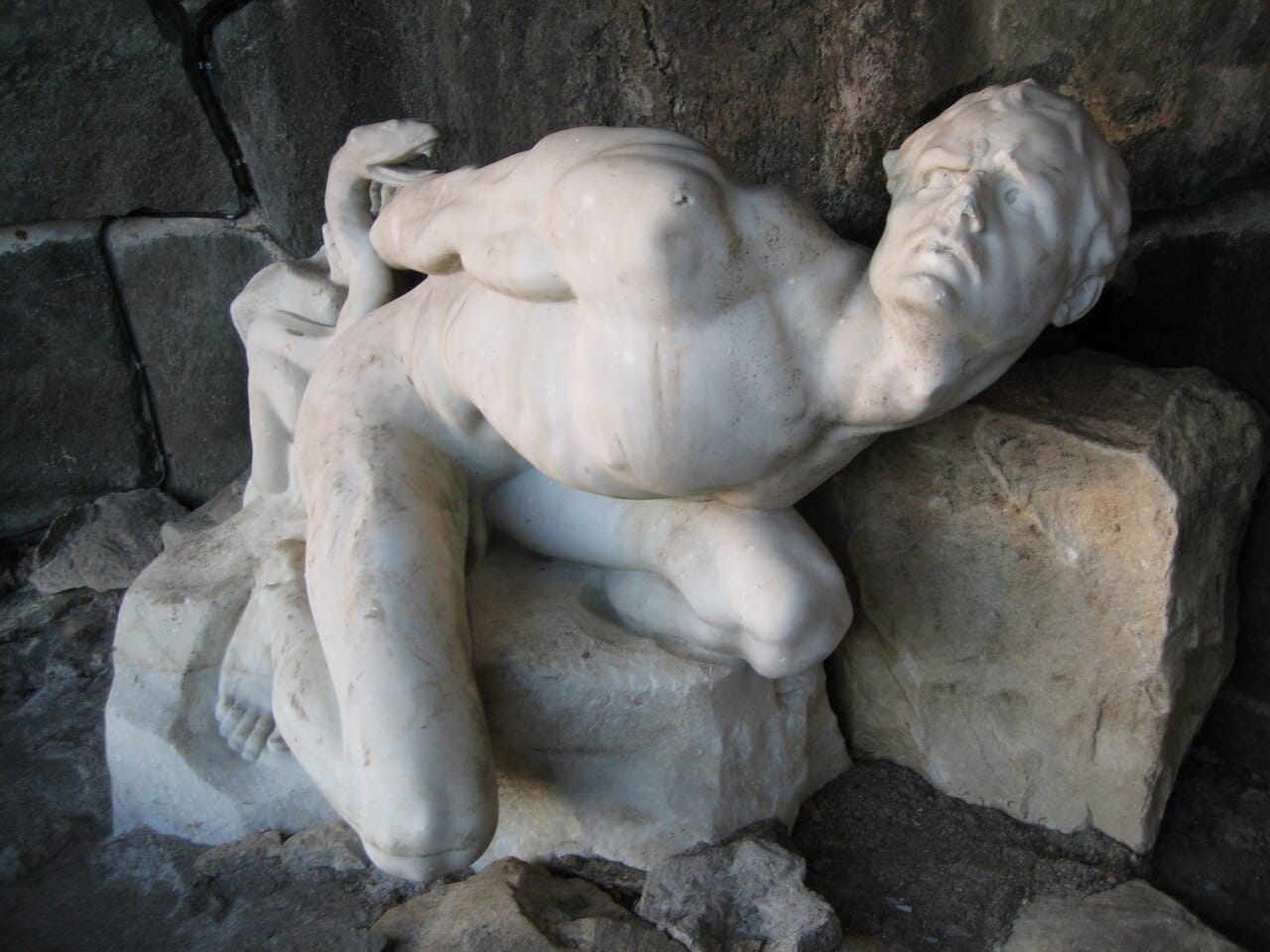
Greater understanding will come as humans mate across species, just as past races mated across color lines. We are talking here about mating at a molecular level – parasitism, Horizontal Gene Transfer, chimerism, zoonosis, rape if you prefer.
It happens all the time with bacteria and retroviruses and some plants have genetically mobile DNA. It happens in the lab with genetically modified plants and foods, in the fields of genetic therapy (replacement of diseased genes), and probiotics (such as bacterial transplants using fecal bacteria) and synthetic biology (e.g. insertion of the human gene for insulin into a bacterium to produce the replacement hormone for diabetics).
Now we see the first self-replicating bacteria using human-made DNA, with a likelihood that one day DNA swaps will be from ever more distant species once we get around the immune defenses. Viruses already leap across species - bird flu, swine flu - and fungi use airborne spores. These are just fancy animal names for species jumping – the viruses of course, not the birds or the swine, although fungi make the leap directly. No surprise here but one of the most successful of species jumpers is mistletoe…
The first hybrid human embryo clones were decades ago, so how long before it happens on a grander scale inside actual humans and then in the creation of not just "replicants" but actual humans in toto? There is nothing to fear from Loki's Children: humans have been responsible for the migration of natural microbes around the world for as long as they have been on this planet, so why not synthetic humans too? They would have a hard time going rogue in a world dominated by organisms that have had the benefit of billions of years of evolutionary experience.

Spring of the Green Witch
In the Viking age, seiðr was associated with women and sex. Men found the idea terrifying that you could defeat your enemies in the bedroom rather than in battle. All the Norse goddesses survived Ragnarök, it appears, whereas the gods did not.
The patron of seiðr was the goddess Freyja (Frøya), who rode around in a chariot driven by two cats (or a giant boar when the cats weren’t available). She won the Brísingamen necklace by sleeping with four dwarves who had made it and for this Freyja would be condemned as a whore by later Christian writers. In Lokasenna the monks attacked her via the foul mouth of Loki and later they turned her into the Virgin Mary for good measure.

Seiðr as practised by Freyja wasn't just sexual magic. It channeled the ebb and flow of nature, like an aura or energy field, which is why it was used to enhance the fruitfulness of the land. This is why sex and prophecies are related: they both are procreative and send a ripple into the future. This ripple was powerful enough to animate the undead, and this is why Freyja was also a goddess of war and associated with the valkyries. After battles she took the first half of the slain (Odin got the rest). Seiðr was not well regarded among the followers of Odin and Thor, who would rather have gone to Valhalla than be released to Freyja’s embrace.

Seiðr as a force involved sacrifice or, more accurately, self-sacrifice. This was essential for the cyclical and seasonal world of nature and the role of sex within it, which was an integration of male and female. Its totem is mistletoe: its seeds are carried in bird shit and many plants are self-pollinating and, in the spirit of nature’s perverse polysexuality, mistletoe’s white, ghost-like berries resemble tiny breasts filled with sticky milk or semen. This may be the reason lovers kiss under it, because it long has been associated with male fertility - it has an explosive seed dispersal system and it grows on branches wherever it splatters.
Nature has its negative side of course. When a pathogen invades you, that’s not mating, that’s invasion, and what’s the difference between that and rape? But that is how mistletoe works and many other species depend on it. Nature's complexity is a Web of Wyrd and its balance will be threatened and even destroyed if scientists think they can create life artificially. The results in our current age of radiance - bioweapons for example - will have horrific consequences.
In the mean time the pagan spirit of Freyja still exists, not just with pagans and Wiccans but with all trolls, young women and men who believe in a guilt-free sexual life, a life in which masturbation and dildos, lesbian and gay flings, tattoos and piercings, BDSM and pornography are part of life, and why not? It is ritualistic and fetishistic and it’s most apparent in spring, the season of fertility when there really is something in the air besides pollens.

Summer of the Red Witch
At the twisted end of Wild Blue Yonder Road is an old oak tree that has been here since the Spanish passed through. Its roots are rotting, its center hollowed out. It has put down corner roots to stabilize itself but one day it will fall, maybe on the house, and that will be that. Everything dies but some deaths are more personal.
In 1955 Claude Lévi-Strauss published his masterpiece, Tristes Tropiques, in which the imperial European world was shown, rightly, to be looking backwards in the mirror, hopelessly ethnocentric but with a growing sense of humility and irony. We could say the same thing now about global climate change and environmental destruction, which threatens the "triste" tropics first. Not long before he died, Lévi-Strauss commented: "There is today a frightful disappearance of living species, be they plants or animals. And it's clear that the density of human beings has become so great, if I can say so, that they have begun to poison themselves. And the world in which I am finishing my existence is no longer a world that I like."

The Norns in Viking mythology tended to Yggdrasil and they were, in a way, the tree spirits or guardians of the natural world. This loops us back to the Tree of Life and Eden – the idea that everything can be found there in the garden, not outside it, within the flow of life, on the thread of Skuld. Some scientists float ideas about magnetic and morphogenetic fields, rhythms, wavelengths, frequencies forming tapestries (string theory, the loom of God); energy flows and signal transductions forming labyrinths; quantum biology... These scientists are engaged in magical thinking and with these metaphors we are back with the Norns and the threads they weave and cut. If a fabric falls apart when you pull the central thread, then that is an illusion. It simply reshapes itself – although you may not like what you have done.
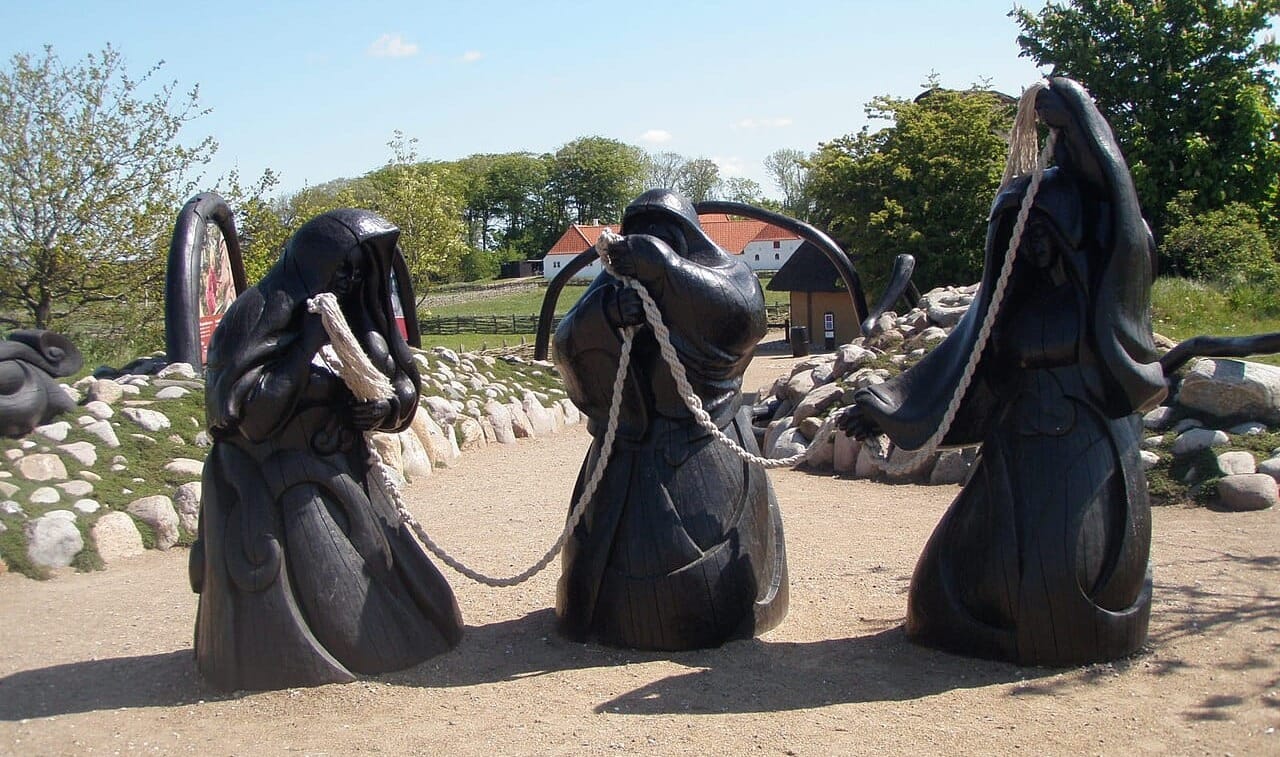
No one has a clue, of course, how these threads will unravel, how these prophecies will play out or what they mean. Even Völvas relied on trances so that they could feign ignorance later. What the old Völvas seemed to be saying to Odin was that the cosmos is a mirror to the molecular level. They are one and the same. Human bodies are galaxies too, inhabited by multiple species, where “being human” means being just one species of many in the star cluster we call a body, one traveler on the pathways of Yggdrasil, where its nine worlds are linked, each world with its own species or multiple species.
Modern scientists are careful to concede that “the creation of life” is misunderstood, that it does not come from the inanimate. But it’s not from nothing at all. It’s from the recombining of existing life into new vessels, just as a sperm and an egg are existing life forms, dreamers dreaming new dreams, expressed in old myths of serpents or dragons, Níðhöggr (“Malice Striker”) spitting fire or semen, the constant rumbling of the sexual life force that gnaws on the root of the Tree of Life. It originates in the groin and travels to the eagle at the top of Yggdrasil with the mischief-making squirrel Ratatoskr. Others prefer to call this the Double Helix serpent of DNA, or Kundalini (“coiled”). These are the myths of the life force pulsing physically and psychically throughout and beyond the body, caught in coition and expressed in metaphors of energy and light and sound, as vibrations, as pulses and waves, heat, fire...
Along Wild Blue Yonder Road the palace and all its people will simply vanish one day and we will all be left standing on empty ground.
